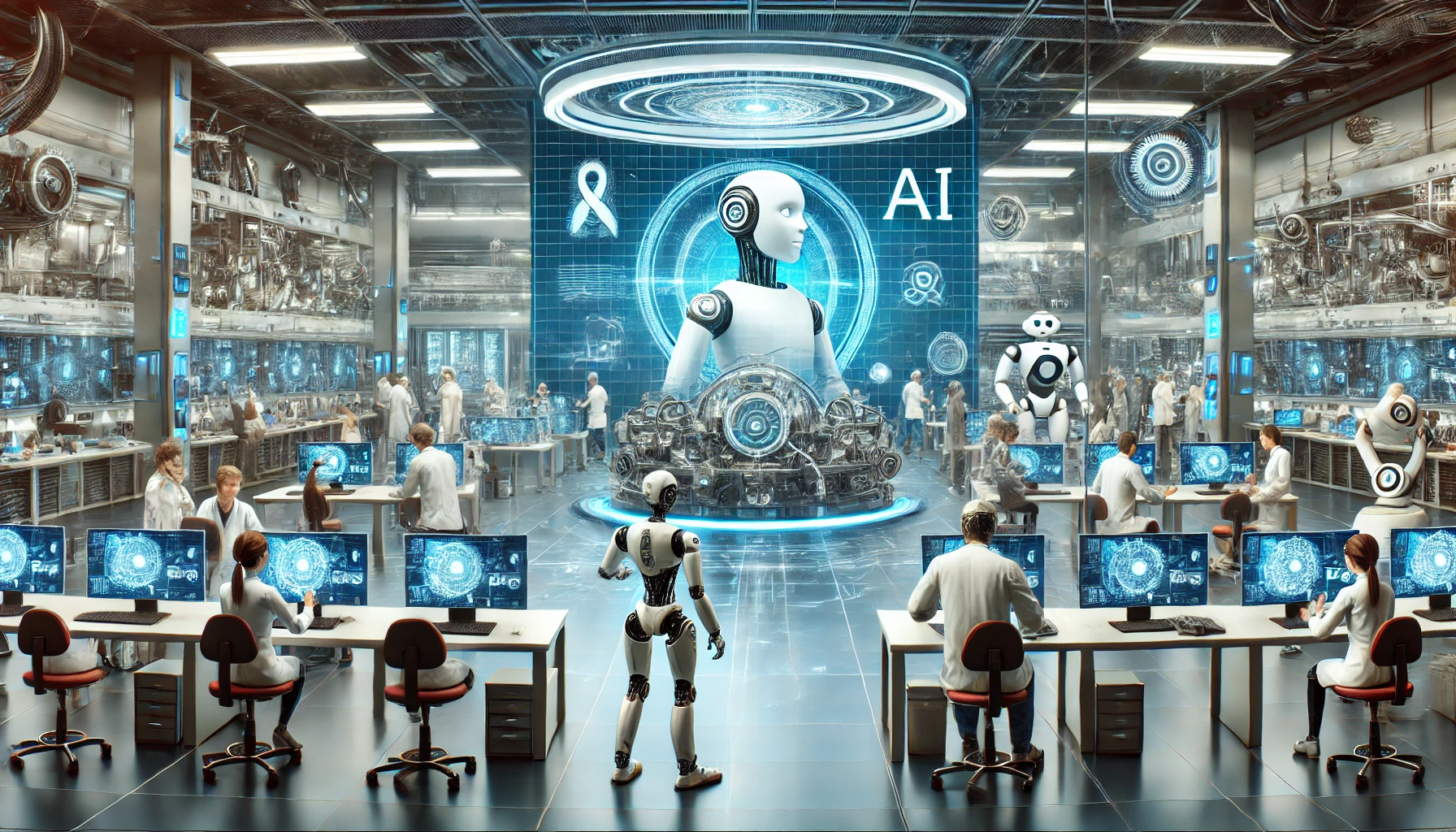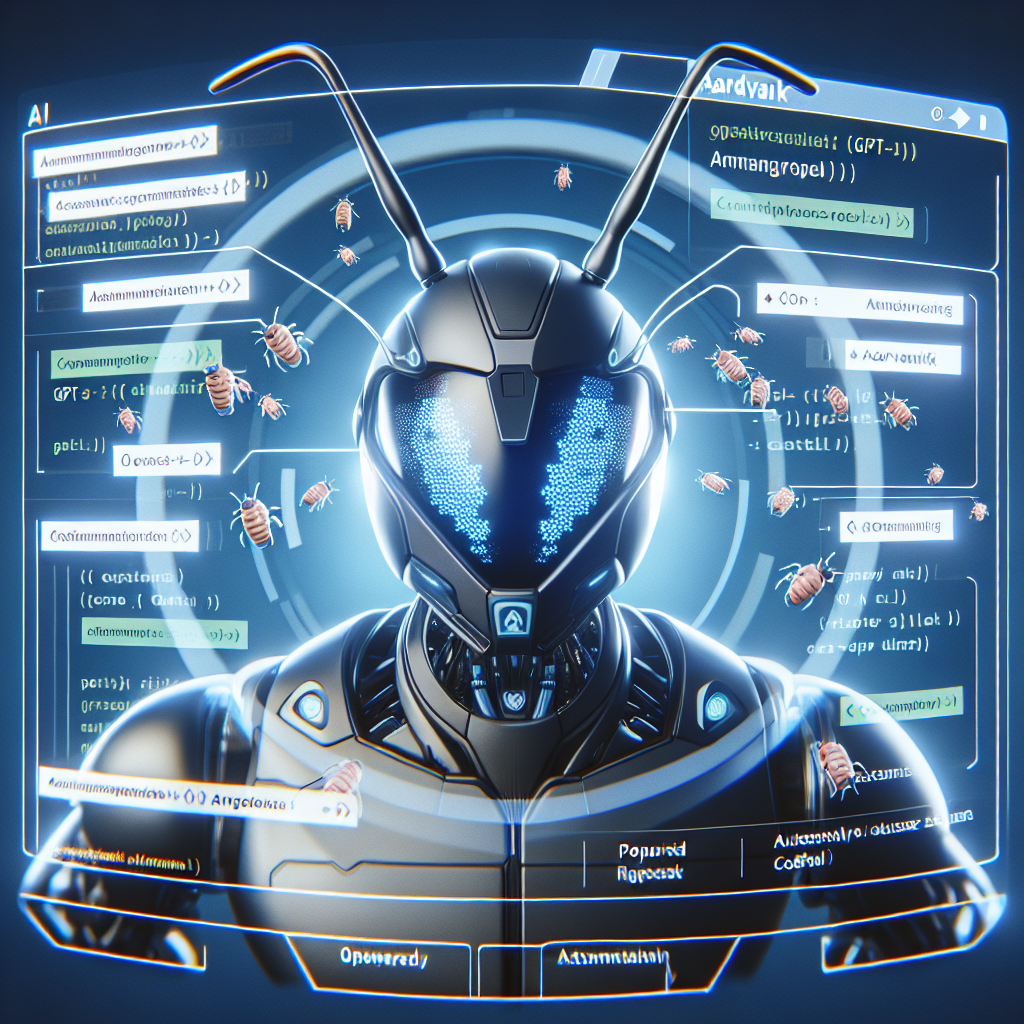Revolutionizing Cybersecurity: Aardvark GPT-5 Takes the Helm
In a historic breakthrough, OpenAI has unveiled its latest creation, Aardvark GPT-5, a revolutionary autonomous AI agent designed to scan, exploit, and patch software vulnerabilities. The announcement, made in October 2025, marks a profound leap forward in the intersection of artificial intelligence and cybersecurity. With cyber threats escalating at breakneck speed, Aardvark GPT-5 could be the industrial-grade guardian needed to safeguard digital ecosystems.
What Is Aardvark GPT-5?
Aardvark GPT-5 is not just another iteration of OpenAI’s language models. It is a fully autonomous cybersecurity agent that leverages the power of cutting-edge natural language processing and machine learning to proactively identify and mitigate vulnerabilities in codebases, applications, and systems infrastructure.
Where previous models focused on assisting cybersecurity professionals by analyzing and summarizing data, Aardvark GPT-5 takes it a step further by autonomously:
- Scanning complex codebases for weaknesses and anomalies.
- Exploiting vulnerabilities in a controlled environment to assess severity and potential damage.
- Patching the identified flaws while maintaining system integrity.
This trifecta of cybersecurity capabilities allows for real-time threat management without human intervention—dramatically reducing response times.
The Technology Behind the Agent
Powered by OpenAI’s GPT-5 architecture, Aardvark integrates deep reinforcement learning and neural symbolic reasoning to make informed decisions in unpredictable environments. The model has been trained on terabytes of source code, vulnerability reports, and real-world exploit data, enabling it to:
- Understand various programming languages and their associated frameworks.
- Simulate real-world attack scenarios in sandboxed environments.
- Generate and validate patches that align with coding best practices and maintain software functionality.
This dynamic learning and self-healing capability represents a quantum leap in AI-applicable security protocols.
Addressing the Growing Threat Landscape
With global cyberattacks increasing in volume and sophistication, Aardvark GPT-5 fills a critical need. Conventional security tools often operate reactively, requiring human analysts to interpret data, prioritize threats, and deploy patches. However, this manual process is often too slow for modern attacks, especially zero-day exploits.
Aardvark cuts through this latency by:
- Identifying flaws at early stages of the software development lifecycle.
- Executing simulated exploits to determine risks with surgical precision.
- Applying self-generated fixes and documenting the process with a full audit trail.
This can help DevSecOps teams transition toward AI-first CI/CD pipelines, where security is embedded seamlessly throughout development.
Potential Challenges and Ethical Implications
Despite its clear benefits, Aardvark GPT-5 raises important questions related to software governance, misuse, and trust. Its ability to autonomously exploit vulnerabilities—even in test environments—might become a double-edged sword if accessed by malicious actors.
OpenAI has addressed this risk head-on by implementing robust safety features such as:
- Access controls to limit functionality to authorized users.
- Behavioral auditing to monitor decision-making processes.
- Fail-safe modes in case of unpredictable feedback loops.
Industry experts are also calling for standardized regulations and third-party audits to ensure that AI-driven cybersecurity agents adhere to global security and ethical standards.
Industry Adoption and Future Outlook
Aardvark GPT-5 is being piloted by leading enterprises across sectors such as finance, healthcare, defense, and critical infrastructure. Early reports suggest a four-fold reduction in response time to critical vulnerabilities and a notable decline in false positives typically found in traditional security platforms.
Looking ahead, OpenAI plans to enhance Aardvark’s interoperability with existing cybersecurity platforms like SIEMs (Security Information and Event Management systems) and SOAR tools (Security Orchestration, Automation, and Response). Furthermore, its architecture is built to scale, hinting at a potential open-source version tailored for small- and medium-sized businesses—a move that could democratize access to elite-level cybersecurity.
Conclusion
OpenAI’s Aardvark GPT-5 represents a paradigm shift in how organizations approach cybersecurity. By autonomously identifying, exploiting, and patching vulnerabilities, the agent moves the industry beyond manual threat detection and toward proactive, self-repairing defenses. While challenges remain, especially in areas of trust and oversight, one thing is clear—cybersecurity’s future is increasingly intelligent, autonomous, and AI-driven.
As threats continue to evolve, so too must our defenses. Aardvark GPT-5 may very well be the AI sentinel that guards the digital frontiers of tomorrow.



Leave a Reply